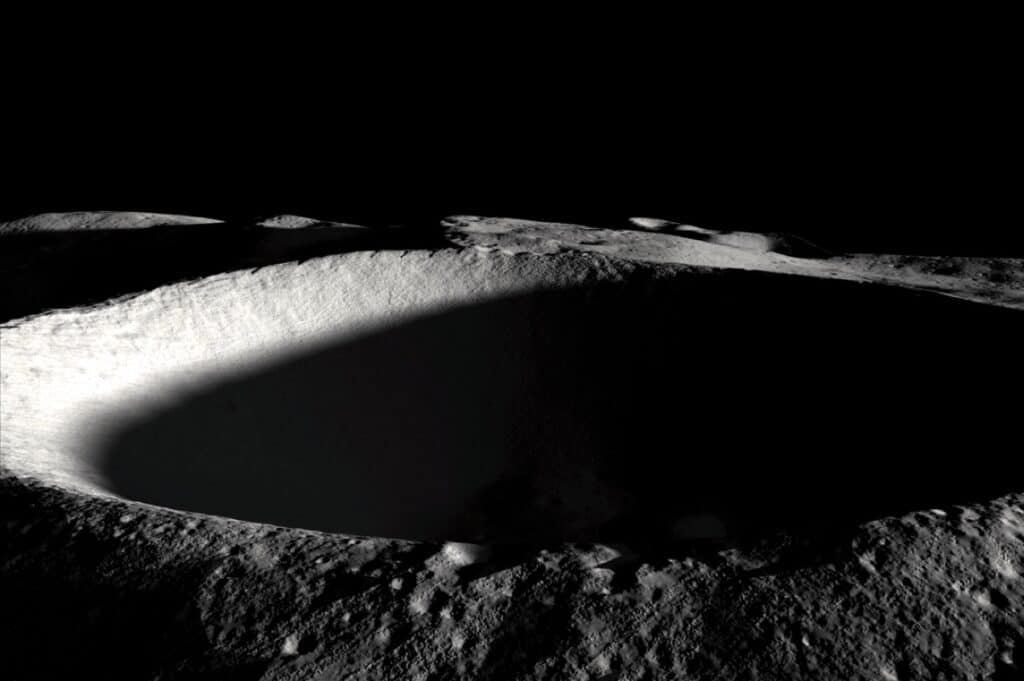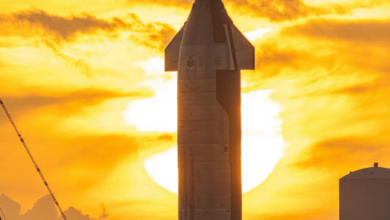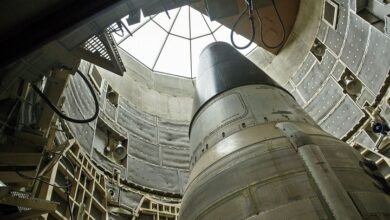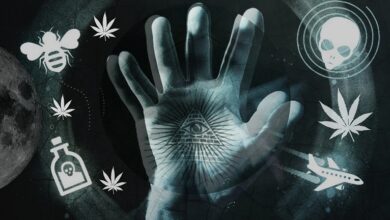
Artificial intelligence looked into the eternal shadow of the lunar craters
(ORDO NEWS) — The neural network helped to distinguish details at the bottom, which sunlight does not reach. Unfortunately, no glaciers were found there: it seems that all the ice is densely mixed with the ground.
The moon does not have a “dark side”, at different times the sun illuminates it from different sides. But it almost never looks into some deep craters with steep slopes.
The temperature there remains consistently well below freezing, and large reserves of water ice are stored in these natural refrigerators.
That is why such regions of the eternal shadow are of particular interest to scientists and engineers planning the future development of the satellite.
Unfortunately, it is almost impossible to see anything in deep blackness. The bottom of such craters is reached only by rare rays reflected from the slopes or neighboring peaks.
The Lunar Reconnaissance Orbiter (LRO), observing the lunar surface from orbit, can look into the depths from above, but the received signal is too weak and indistinguishable from the background noise.
Therefore, scientists from the Swiss Federal Institute of Technology Zurich (ETH Zurich) decided to use artificial intelligence for this.
Valentin Bickel and colleagues developed the HORUS (Hyper-effective nOise Removal U-net Software) model.
Based on the U-Net Convolutional Neural Network, it effectively filters out noise, allowing you to highlight useful data in LRO observations.
The algorithm processed information for 44 eternally dark craters with a diameter of more than 40 meters located in the area of the future lunar base, the construction of which, according to the NASA Artemis program, should begin in 2024.
First of all, no exposed ice deposits were found below. Most likely, there it is mixed with lunar regolith, and does not form dense and relatively clean glaciers.
In addition, the HORUS work has made it possible to distinguish the details of the slopes with a resolution of up to a meter, which will facilitate the planning of ways to explore such craters for humans and robots.
This is especially important for places where sunlight does not reach, and you will have to rely only on on-board energy supplies.
—
Online:
Contact us: [email protected]
Our Standards, Terms of Use: Standard Terms And Conditions.







